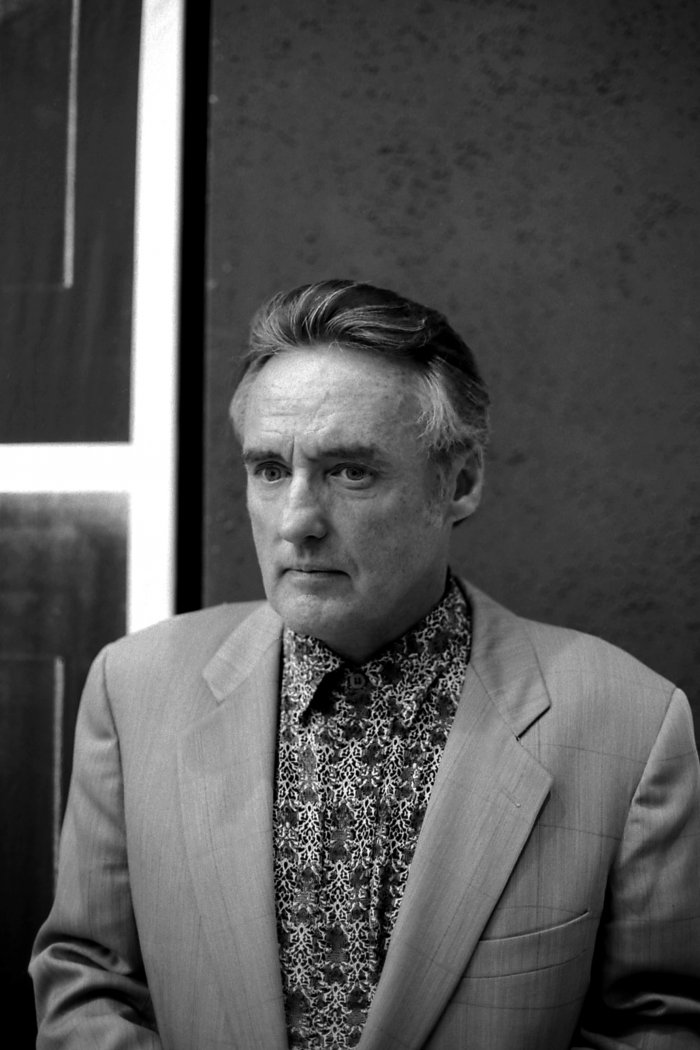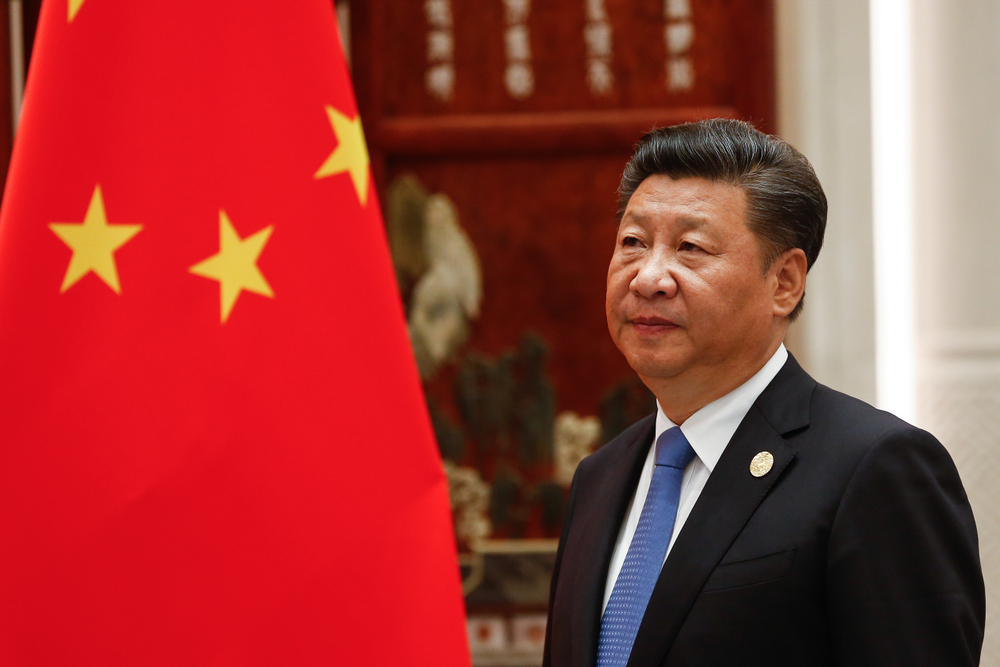The 1956 Hungarian Revolution: When Hungary Meant Freedom

Jorge Cubells Biela/Shutterstock.com
Each year on October 23, Hungary holds Revolution Day to commemorate the 1956 Hungarian Uprising. Up until the revolution was brutally stamped out by the Soviet army, it was a symbol of the human desire for freedom, whatever form that might take.
Dennis Hopper directed and co-wrote and co-starred in “Easy Rider”.
Back then, after the terrors and deprivations of World War Two, the thirst for freedom was in the air, especially in the West.
For a start, is it purely coincidental that the Hungarian Revolution happened at the same time as the explosion of rock and roll and the arrival of Elvis Presley? Presley was a figurehead for teenage frustration and a vehicle for its expression. But, more subtly – because of the clear influence of black music upon his music and his appearance – he was aligned with the growing American Civil Rights movement without perhaps even being aware of it.
Much of the outrage Presley’s arrival sparked was caused by his appearance. He dressed in a flamboyant style associated with black street culture. But Presley’s look was also influenced by Tony Curtis, the American movie star whose father, Emanuel Schwartz, was a Hungarian born in the town of Mátészalka, Hungary. Curtis sported an ornate, oiled, sculpted hairdo. Presley, who worked as a cinema usher as a teenager, was a big fan and may well have studied him in the controversial 1949 juvenile delinquent flick “City Across the River”.
There is a far more direct and, on Presley’s part, thoroughly honorable Hungarian connection. It was January 6, 1957 and Elvis was making his third and final appearance on “The Ed Sullivan Show”.
Presley sang seven songs in three segments. When he sung “Peace in the Valley,” Sullivan announced that Presley wanted to dedicate his performance to the Hungarian people. As Sullivan explained, Presley felt “this is sort of in the mood that he’d like to create.”
On Presley’s behalf, Sullivan asked the TV audience to donate to Hungarian relief efforts. Around CHF 25 million was raised.
I’m not sure why Presley made this appeal. It may well have been a smart PR move on the part of his manager, the supremely savvy Colonel Tom Parker. But it could also have been Presley responding to what was in the air and instinctively supporting freedom. For which he should be saluted.

Vilmos Zsigmond in 2007.
Hungarian Hollywood
The history of Hollywood has been shaped by many people of Hungarian origin. But the most profound influence is surely that of László Kovács and Zsigmond Vilmos, in particular with their work on the 1969 movie “Easy Rider”. One of the signifiers of the end of the 1960s dream of peace and love, it was produced by Peter Fonda and directed by Dennis Hopper. Both men starred in the movie with Jack Nicholson. “Easy Rider” made them all players in Hollywood.
The film is about the crushing of freedom. Fonda and Hopper play motorcyclists who ride across America from Los Angeles to New Orleans with the proceeds from a cocaine smuggling trip hidden in Fonda’s motorbike. The movie ends with the two men attacked by a pair of rednecks who gun them down.
Kovács and Vilmos were lifelong friends who studied cinema at the Academy of Drama and Film in Budapest between 1952 and 1956. They secretly filmed the daily progress of the Hungarian Revolution using a camera borrowed from their school, smuggled the footage to Austria to have it developed and took it with them when they escaped to the United States in March 1957. By that time, the revolution was over and they could not get the film shown.
Kovács and Zsigmond stayed on the States, becoming naturalized citizens. Often working together, they were among the crew of 1964’s “The Incredibly Strange Creatures Who Stopped Living and Became Mixed-Up Zombies”, frequently ranked the worst movie ever made.
In stark contrast, “Easy Rider” is widely rated as one of the most significant movies of all time. It ushered in a new era of hip, independent filmmaking and turned the mainstream movie industry onto the fact that films about the counterculture could make money, lots of it.
Kovács was director of photography. Zsigmond was the cinematographer. Between them they helped craft the revolutionary look and feel of “Easy Rider”, initiating a style that would go onto help form the American New Wave in cinema and define 1970s gritty realism. They worked on classic movies that include “Paper Moon”, “The Last Waltz”, “Close Encounters of the Third Kind” and “The Deer Hunter”. But their influence runs much deeper than helping to shape how movies look.
Life Changer
When I first started coming to Hungary, I was introduced to a Hungarian filmmaker who’d been lucky enough to meet Peter Fonda at a film business party. He told Fonda he was from Budapest and that seeing “Easy Rider” had changed his life.
“Lemme tell you something,” Fonda said. “It wasn’t just László who was Hungarian on that shoot. The whole goddamn crew was too. They’d all escaped from your country in 1956. And you should be proud to be Hungarian, son.”
“Why?” the filmmaker said.
“Because the spirit of freedom in ‘Easy Rider’ comes as much from those Hungarians as it did from Dennis and me,” Fonda replied.
In the aftermath of the 1956 revolution, more than 200,000 mostly young Hungarians like Kovács and Zsigmond fled the country. Because of the years of communist rule that were the consequence of the revolution having failed, they were never able to live in their country again. Last year, according to official statistics, more Hungarians returned to the country than left. I wonder what ideas of freedom they will be bringing with them?
Editorʼs note: This article was amended on November 19, 2019, to correct the birthplace of Tony Curtisʼ father, Emanuel Schwartz.
SUPPORT THE BUDAPEST BUSINESS JOURNAL
Producing journalism that is worthy of the name is a costly business. For 27 years, the publishers, editors and reporters of the Budapest Business Journal have striven to bring you business news that works, information that you can trust, that is factual, accurate and presented without fear or favor.
Newspaper organizations across the globe have struggled to find a business model that allows them to continue to excel, without compromising their ability to perform. Most recently, some have experimented with the idea of involving their most important stakeholders, their readers.
We would like to offer that same opportunity to our readers. We would like to invite you to help us deliver the quality business journalism you require. Hit our Support the BBJ button and you can choose the how much and how often you send us your contributions.








